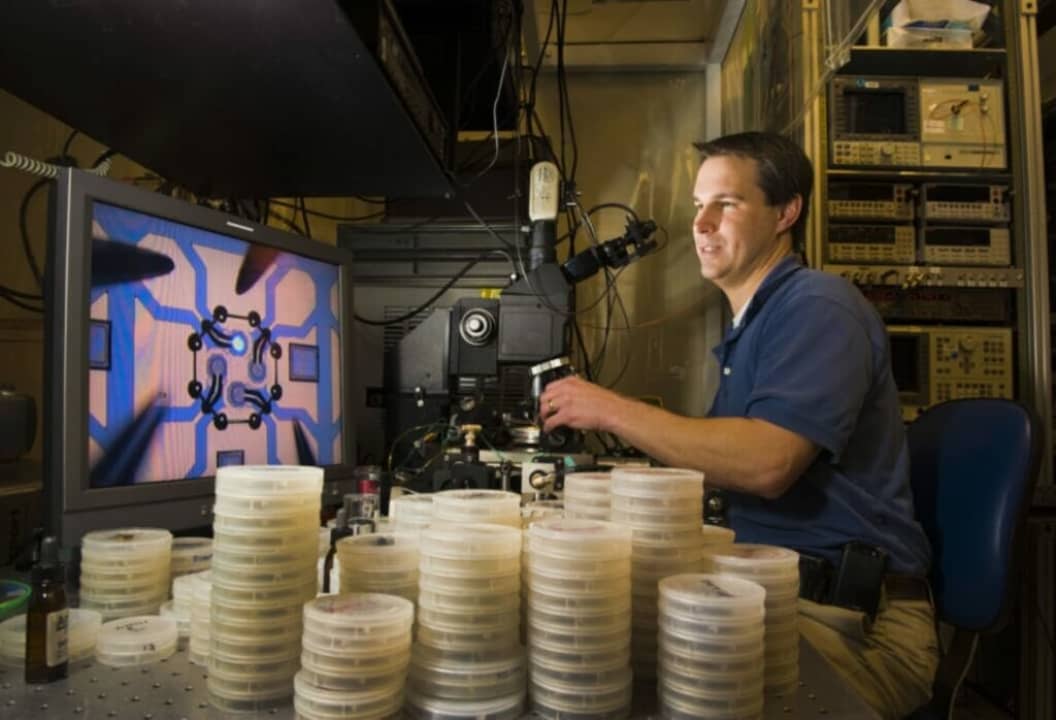Can you imagine wearing an atomic clock on your wrist? Or having it in your mobile phone? Well, you might not have to wait too long to see it, as a team of researchers from Sandia National Laboratories is working on a project aimed at building the world’s smallest atomic clock.
The team led by Yuan-Yu Jau is attempting a scientific and technological feat with the support of funding from the United States Defense Advanced Research Projects Agency (DARPA), which aims to create atomic clocks that are much smaller and more accurate.
“They want 1 cubic centimeter for everything, and currently there’s no atomic clock at this size,” Yuan-Yu explains. The scientist’s provisional design would be even smaller, measuring 1 cm in length, 2 mm in width, and 2 mm in height, which would be nearly 0.04 cubic centimeters.

Unlike traditional timekeeping mechanisms based on celestial or mechanical events, atomic clocks harness the electromagnetic signals emitted by atoms, which provide tremendous precision. These clocks play a crucial role in GPS technology, ensuring accurate and synchronized navigation.
Sixteen years ago, Yuan-Yu already created a prototype of an atomic clock when he was still a student at Princeton University. The size of a toolbox, the prototype generated a constant pulse by passing a laser through a cloud of potassium atoms. What was most striking about this prototype was its autonomy, eliminating the need for external components to manage the clock’s pulse.
After several years of experience, including his work at Sandia, where he helped develop the Chip Scale Atomic Clock (CSAC) in the early 2000s (measuring just 17 cubic centimeters), Yuan-Yu now believes he’s capable of creating the world’s smallest atomic clock. Will he succeed?
Some of the links added in the article are part of affiliate campaigns and may represent benefits for Softonic.


